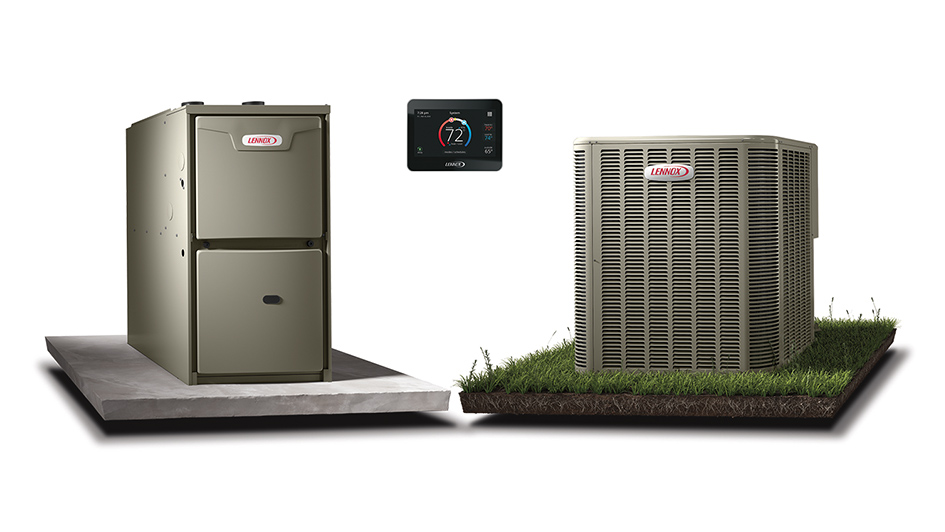
The concept of using both a furnace and heat pump may seem somewhat unusual at first. After all, why should you need two heaters? While furnaces and heat pumps both offer energy-efficient heat, the differences in their design genuinely make using both of them a practical option. It’s not for all of us, but in the right conditions you could truly benefit from using a furnace and a heat pump.
You should take a look at several factors in order to decide if this sort of setup helps you. Your local climate and the square footage of your home are both very important, namely for the heat pump. This is because some models of heat pumps start to function less efficiently in cooler weather and larger homes. At the same time, you can still reap the benefits of heat pump installation in Buellton.
Heat Pumps Can Be Less Reliable in Colder Weather
Heat pumps are commonly less effective in cold weather as a result of how they generate climate control to begin with. Unlike furnaces, which ignite fuel to provide heat, a heat pump reverses its stream of refrigerant to pull heat from outdoor air. This heat is then brought inside and circulated throughout your home. As long as there is still some heat energy in the air, a heat pump will function. But the lower the temperature, the less effective this process is.
The less heat energy is usable outside, the more effort is required for a heat pump to bring heat indoors to maintain your ideal temperature. It may depend on the type of make and model, but heat pumps generally start to lose efficiency at temperatures of 40 degrees and colder. They still remain an energy-efficient option until 20-25 degrees, after which a gas furnace should be more effective.
What Temperatures Do Heat Pumps Perform Best In?
Heat pumps manage best in milder climates 40 degrees and up. That being said, you don’t have to miss out on the benefits of a heat pump just because the local climate is cold. After all, that’s why using both a furnace and heat pump can be worth the cost. You can use the heat pump for energy-efficient heat until the weather is chilly enough to warrant swapping to something like a gas furnace.
A few makes and models feature greater effectiveness in winter weather. For example, the Lennox MLA heat pump is capable of running at 100% capacity at 0°F. It can even continue running in temperatures as low as -22°F. For optimal energy efficiency, you’ll likely still want to switch to the furnace in especially cold weather.
So Should I Install a Heat Pump if I Use a Gas Furnace?
If you’re interested in maintaining the most energy-efficient HVAC system achievable, installing a heat pump and gas furnace at the same time warrants the investment. Not only is a dual-heating system adaptable, but it offers other benefits like:
- A source of backup heating – A redundant heating system means even if one breaks down, you still have the capability to heat your home. It may not be the most energy efficient, but it’s better than shivering in an unheated home while you hold out for repairs.
- Fewer energy costs – The ability to decide which heating system you use depending on the highest energy efficiency reduces your total costs. Smaller heating bills over the life span of these heating systems can really add up to lots of savings.
- Less strain on both systems – Instead of running one system all winter long, heating responsibilities are divided between the furnace and heat pump. Key hardware can live longer given that they’re not under constant use.
If you’re still not sure about heat pump installation in Buellton, don’t hesitate to reach out to your local certified technicians. They can walk you through your home’s comfort needs and help you determine if a dual-heating HVAC system is the ideal option.

